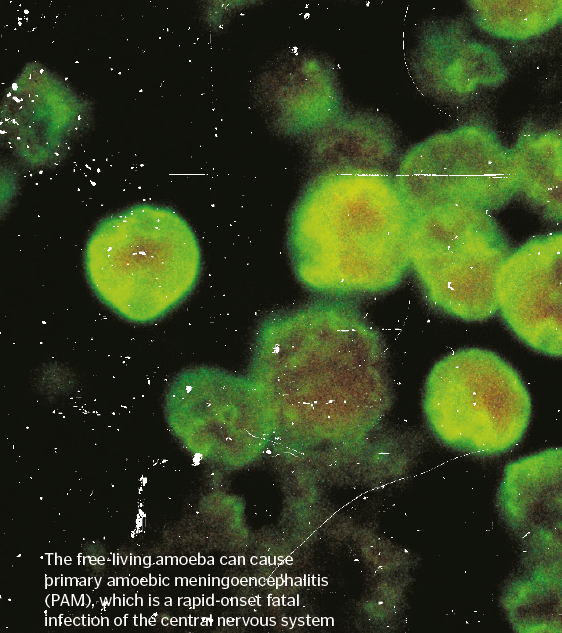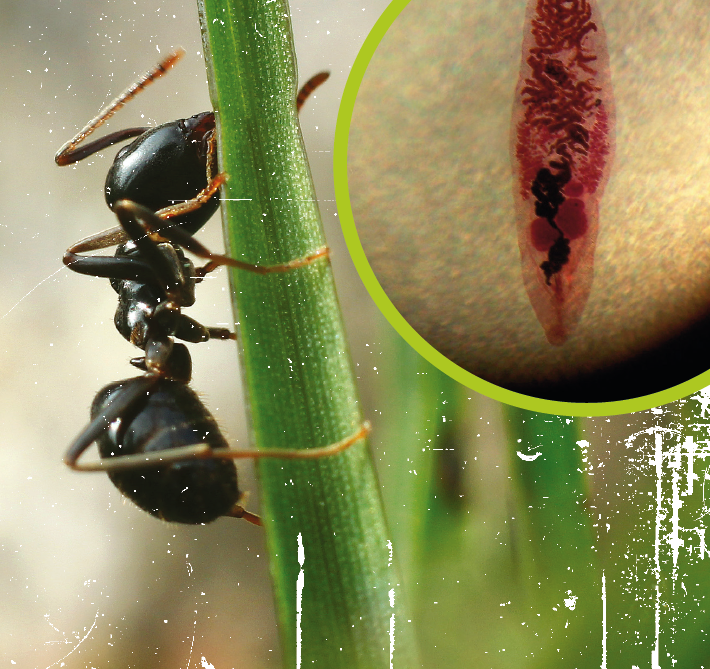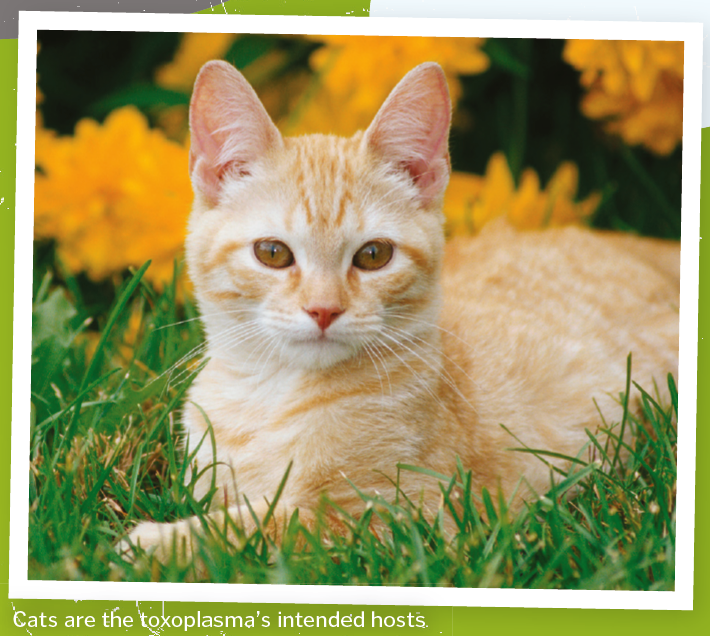The Real Life Invasion of the Body Snatchers: The Mind Controllers
Within our bodies, lurking inside our pets and infesting our food, there are devious organisms living out their lives and surviving at the expense of others. From worms to viruses, insects to birds, parasitic species are found all over the world, with their characteristics and behaviours as diverse as they are numerous. Parasites are some of the world’s most feared organisms, and part of this is due to the fact that they possess unrivalled survival abilities. Whether they are chewing around vital organs or obliterating brain matter, parasites are living among us and feasting on our flesh, reminding us that you don’t have to be big to be powerful. These are the creepiest of the crawlies.

The Brain-eating Amoeba
A tiny predator with a big appetite for brain tissue
In the depths of freshwater lakes and rivers, a deadly microbe lies dormant, unbeknown to the people swimming on the surface. It is patiently waiting for the moment to build a new home inside a warm-fleshed mammal. It looks like nothing more than a blob under a microscope, but Naegleria fowleri is a specialised predator with an unquenchable appetite for brains. It strikes lucky when a drop of water is pushed up the nose of a host, working quickly to tunnel into the olfactory nerve, using it as a ladder to get straight to the brain. The amoeba crosses the blood-brain barrier with ease to find its perfect home among the soft, warm and nutrient-rich nervous tissue.It begins to feast using lethal suction cups to rip up the host’s brain cells and devour the insides. The host starts to lose their senses as the parasite invades the sensory nerves. The destruction spreads like wildfire and penetrates further into the brain matter, killing almost all of its victims. The host will not succumb without a struggle, but this crafty invader is safe from both its host’s immune system and pharmaceutical intervention, as few medicines can reach it behind the blood-brain barrier.

The Lancet Liver Fluke
This manipulative invader turns ants into puppets
Ants will occasionally come across a particularly tempting treat – a ball of regurgitated slime from a snail. The allure of this sweet-smelling snack is irresistible, and they unwittingly gobble the hundreds of parasitic flatworm juveniles that have been waiting for their ride into a new host. Once inside, the tadpole adolescents quickly begin a terrifying raid on the body of the ant, converting it into a personal transport system. One fluke takes control of the ant’s body by nesting in a cluster of nerve cells. At the mercy of these cranial invaders, the ant climbs a blade of grass and remains there until morning, sitting in the direct path of animals grazing in the field. As dawn breaks, it climbs back down. Each night the process repeats until a cow unwittingly ingests the ant. As the ant is consumed, the flukes burst forth to continue maturation in the cow’s intestines. Now adults they release eggs with the excreted faeces of the cow, which enter a new snail when it takes a helping of the tasty cowpat. The eggs hatch and migrate to the snail’s respiration chamber, causing them to cough up a slimeball and restart the cycle.

Toxoplasma Gondii
The single-celled parasite that can manipulate your brain
You don’t need to look far to find Toxoplasma gondii’s favourite host. As she sits innocently purring in front of the fireplace, your cat could be harbouring thousands of these formidable single-celled organisms. If you’re a human, you might feel as if you’ve got the flu, but the fate is much worse if you happen to be a mouse or rat. Toxoplasma heads straight for a rodent’s brain to manipulate it into hurtling towards danger, usually in the form of a feline. Rodents are genetically programmed to dislike thesmell of cats; the instinct is vital to their survival, keeping them from getting too close to feline predators and ending up as an appetising snack. But Toxoplasma gondii really muddles up the relationship between Tom and Jerry. An infected rodent no longer fears the smell of a cat’s urine and is instead attracted by the aroma, which swiftly leads them into the sharp jaws of a hungry tabby. That may seem counterintuitive for the parasite, but there is a method in engineering a rat’s moment of madness: the parasite has led its victim to a gruesome fate so that it can continue its life cycle in the intestines of the cat. The parasite invades, reproduces within and subsequently destroys any host cell it can penetrate. After wreaking havoc throughout the intestines, leaving a trail of carnage in its wake, the parasite then turns to the macrophages circulating in the blood. It hitches a lift with these white blood cells to reach the brain, where it will harden into an almost indestructible cyst. A mammalian brain can quickly become infected with hundreds of these cysts, which change host behaviour and destroy brain tissue. The relentless attack from this intelligent intruder is almost impossible to defeat. A strong immune system can only keep them contained, but the toxoplasma will sit patiently, lying in wait for the moment when defences are down so it can strike again.

For more information about science and technology, visit our website now. If you have a tablet or smartphone, you can also download the latest digital version onto your iOS or Android device. To make sure you never miss an issue of How It Works magazine, subscribe today!
Other articles you might like:
Real-life zombie animals: Meet the walking dead of the animal kingdom
World Malaria Day: how we are fighting against a deadly microscopic parasite





